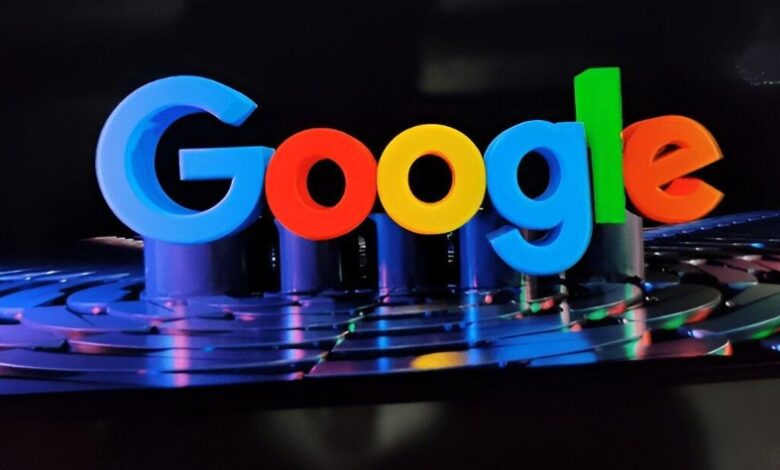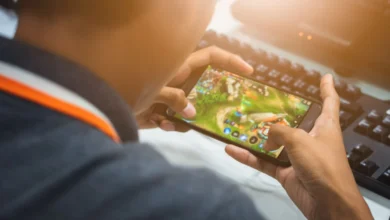Why Google Images Might Be the Most Dangerous Tab

Google Images has become a go-to tool for finding visual content. It’s fast, easy, and widely used by students, professionals, and creatives. But while it offers convenience, it also comes with risks that many people overlook—especially around copyright and content ethics.
Why Google Images Is So Popular
Google Images processes billions of searches every day. Its vast reach and smart algorithms make it easy for users to find visuals that match just about any topic. Over time, Google has added helpful features like reverse image search, filtering by size or type, and high-quality thumbnails to improve the experience.
Thanks to these features, it’s become a core part of how we search and consume information. Whether it’s for a school report, a website, or a marketing campaign, the platform helps users find what they need quickly. But that ease of use also makes it easy to forget about the risks involved.
What Most People Miss: The Hidden Risks
Behind the search results are real risks—both legal and ethical. Using an image from Google without permission can lead to copyright infringement. In some cases, it can even damage your reputation or lead to legal trouble.
Consequences of Using Images Without Permission
Using copyrighted content without proper licensing or attribution can result in:
- Legal action or fines
- Damage to your brand’s credibility
- Lost trust with your audience
For businesses especially, these risks can escalate. Consumers value authenticity and transparency. Using stolen or unlicensed content can make you appear careless or untrustworthy.
Why This Matters More Than Ever
We live in a digital-first world where everything we post—especially visuals—represents our brand or identity. When a copyrighted image is used incorrectly, it’s not just a legal issue. It’s a public perception issue. That applies whether you’re a content creator, small business, or major brand.
The Dark Side of Image Search
Google Images also comes with other unintended side effects:
- Privacy issues: Personal images can be indexed and shared without consent.
- Misinformation: Outdated or misleading images can circulate easily.
- Algorithmic bias: Certain groups or topics may be under- or over-represented, skewing perception.
Because the platform doesn’t always verify content sources or context, users may unknowingly spread harmful or false information.
Best Practices for Using Images Responsibly
To avoid trouble, here are some tips for using images from Google (or anywhere online) the right way:
- Don’t assume it’s free just because it shows up in search. Most images are still protected by copyright.
- Use tools like Google’s “Usage Rights” filter to find labeled-for-reuse content.
- Always check the original source and verify the licensing terms.
- Give credit when required. Even if an image is free to use, attribution may be necessary.
- When in doubt, skip it—or use a stock site you trust.
Safer, Smarter Alternatives to Google Images
If you want to play it safe, these platforms offer high-quality, license-safe visuals:
- Unsplash – Free, high-resolution images from generous photographers
- Pexels – Free images and videos with a wide range of styles
- Pixabay – A huge collection of free images, graphics, and more
- Shutterstock / Adobe Stock – Paid libraries with professional, royalty-free content
These platforms ensure that you’re working with images that are safe to use and often come with clear licensing details.
Google Images is a powerful tool—but it’s not risk-free. Before using that perfect picture you just found, ask: Do I have permission to use this? If not, it’s worth taking the extra step to find a safe, reliable alternative.
Using images responsibly shows respect for creators, protects your brand, and helps build trust with your audience. In the long run, doing the right thing isn’t just safer—it’s smarter.




